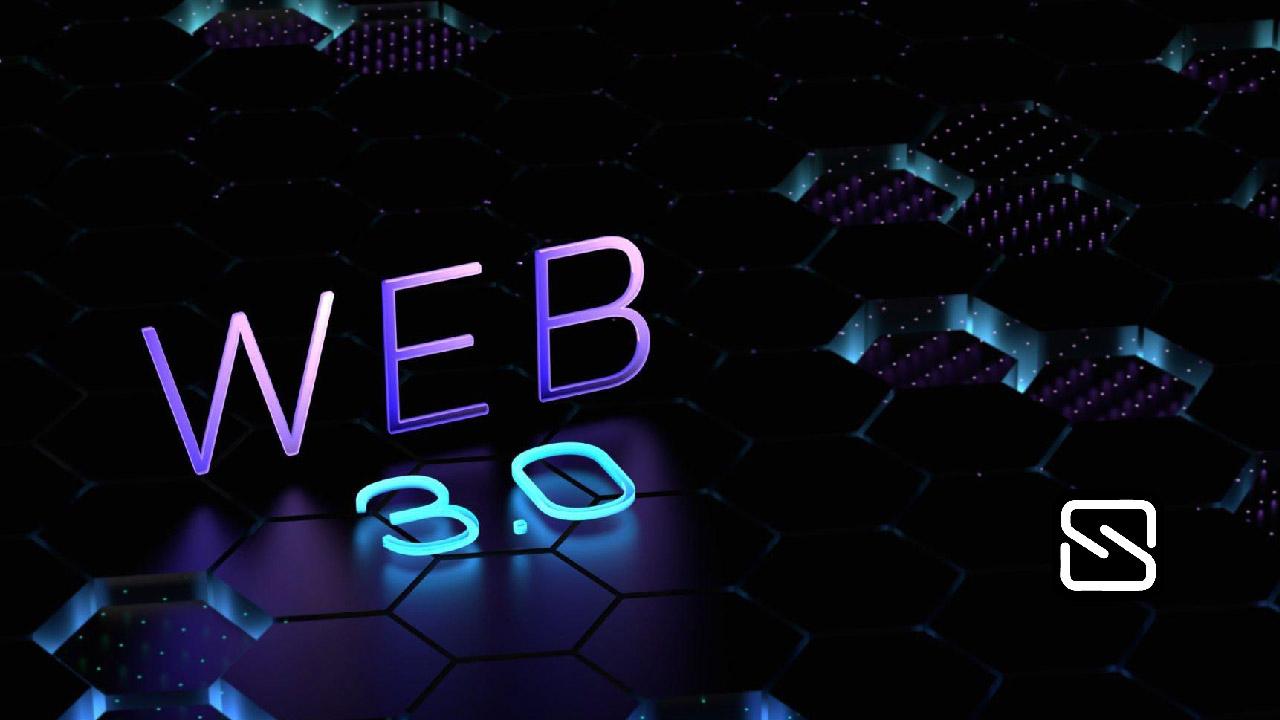Web3 explained
Learn more about Web3 and why it matters in the tech world.
By Staff
Web3 is a term you may have heard thrown around a lot lately. It has become a catch-all term for the vision of a new, better internet.
According to Wikipedia, Web3 is an idea for a new iteration of the World Wide Web which incorporates concepts such as decentralization, blockchain technologies, and token-based economics. Some technologists and journalists have contrasted it with Web 2.0, wherein they say data and content are centralized in a small group of companies.
Some tech experts describe Web3 as the next iteration of the internet that promotes decentralized protocols and aims to reduce dependency on large tech companies like Youtube, Netflix, and Amazon, and at its core, it uses blockchains, cryptocurrencies, and NFTs to give power back to the users in the form of ownership.
Web3 is an advancement of Web 1.0 and Web 2.0. Web 1.0 is the first iteration of the World Wide Web that refers roughly to the period from 1991 to 2004, where most sites consisted of static pages, and the vast majority of users were consumers, not producers of content while Web 2.0 is based around the idea of the web as a platform and centers on user-created content uploaded to forums, social media, and networking services, blogs, among other services. Web 2.0 is generally considered to have begun around 2004 and continues to the current day.
The term “Web3” was coined in 2014 by Ethereum co-founder Gavin Wood, and the idea gained interest in 2021 from cryptocurrency enthusiasts, large technology companies, and venture capital firms.
Unlike other iterations of the web, Web3 comes with the advantage of ownership of digital assets such as games, NFTs, platforms also known as Decentralized Autonomous Organisations (DAOs), and cryptocurrencies among others.
Criticisms
- Accessibility
Important Web3 features, like Sign-in with Ethereum, are already available for anyone to use at zero cost. But, the relative cost of transactions is still prohibitive to many. Web3 is less likely to be utilized in less-wealthy, developing nations due to high transaction fees. On Ethereum, these challenges are being solved through network upgrades and layer 2 scaling solutions. The technology is ready, but we need higher levels of adoption on layer 2 to make Web3 accessible to everyone.
- User experience
The technical barrier to entry to using Web3 is currently too high. Users must comprehend security concerns, understand complex technical documentation, and navigate unintuitive user interfaces. Wallet providers, in particular, are working to solve this, but more progress is needed before Web3 gets adopted in mass.
Conclusively, we are only at the beginning of creating a better Web with Web3. However, despite its problems, Web3 has a lot of potential.
